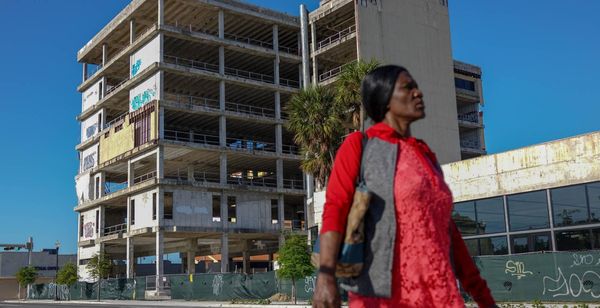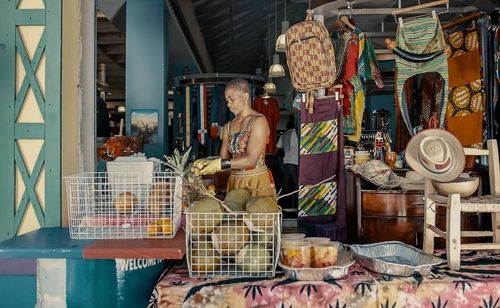Coreine Rainford - Honorable Mention: Best Use of Evidence

Since its turbulent electoral process in 1957, Haiti has been riddled with political and security instability that has displaced Haitians and altered their migration patterns over time. Between 2019 and 2024 alone, the number of refugees and asylum seekers from Haiti has increased by 481.3%, seeing Haitians flee to countries such as the United States, Canada, Mexico, and Brazil. Forced migration exposes these Haitian refugees and asylum seekers to direct socioeconomic challenges, which later trigger demographic and socioeconomic difficulties, like gentrification, in host countries. With persistent armed conflict in Haiti, receiving countries are now faced with incorporating migrants into program development and adhering to principles of inclusion, diversity, equity, and accessibility.
The US is one of the most popular locations for Haitian migrants, despite many finding their way across other borders. Between 2010 and 2022, the number of Haitian immigrants in the US rose by 16%, increasing the number to 731,000, with 41% of this total residing in Florida alone. Among the top four counties hosting Haitian immigrants is Miami-Dade, where the Little Haiti community is situated. Originally called Lemon City, after Bahamian and African American pioneers in the 1800s, Little Haiti witnessed an influx of mostly Haitian immigrants between 1970 and 1980, transforming the community into a cultural landscape, and by 2016, the name Little Haiti, originally coined by a Haitian activist, was officially designated by the City of Miami.

Haitians are the predominant group in this community, with 71.4% of Little Haiti’s population of 33,596 reportedly identifying as Black and 23.5% as Hispanic. An estimated 43% of the district’s residents cite Haitian-only, and 39% cite Haitian-plus-other ancestry. Foreign-born residents amount to 14,614, of which 5,407 are citizens and 9,207 are not U.S. citizens.

With current gentrification efforts in Little Haiti, including developments such as Magic City, Sabal Palm Village, Soleste Grand Central, and the movement of residents from flood-prone areas to the community, the demand for housing has increased, leading to further increases in property and rental costs. What does this mean for the residents, mainly Haitians, living in the community?
Residents, including those recently forced to migrate based on the current armed conflict in Haiti, are now priced out and once again forcedly displaced, this time by gentrification. Sixy-eight percent of households within Little Haiti are classified as poor or struggling, others are renters, and only a few have a graduate or professional degree. This shows that income levels and the ability to afford housing are already being strained.
Developers have targeted the community for mixed-use complexes, luxury retail, and high-rise condos, with current policies such as the Special Area Plan of 2016 (SAP) and poor affordable housing protections facilitating these efforts. Gentrification not only affects long-time residents but also those who have recently been forced to seek asylum or refugee status in the U.S. because of the current armed conflict in Haiti. The removal of artifacts, Haitian assimilated homes and businesses, and community centers affects cultural identities, memories, and the survival of the people, as the community holds a legacy for many Haitians migrating to the U.S.

